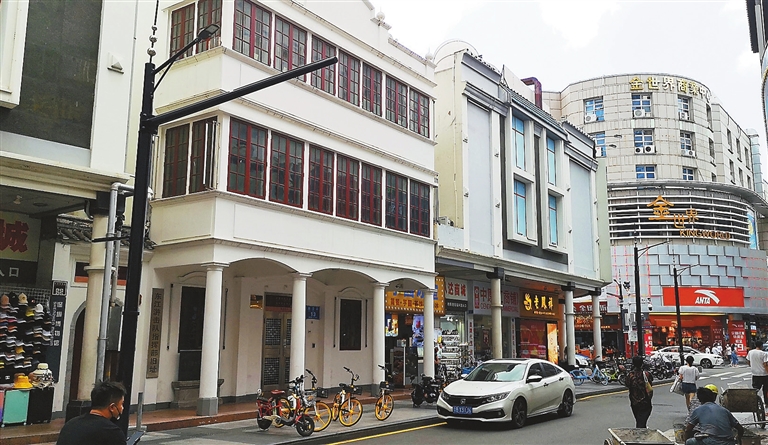
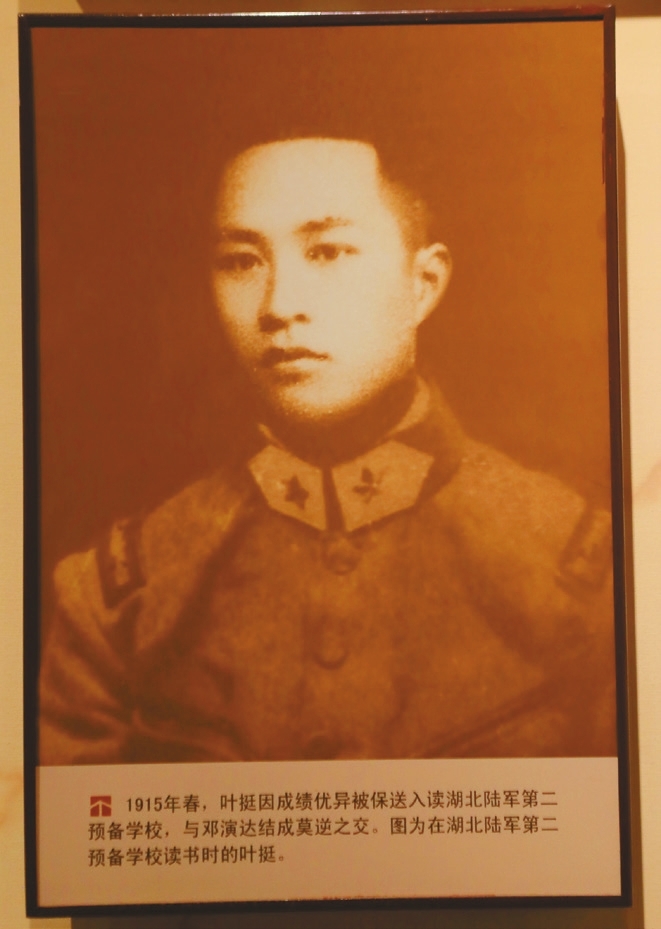
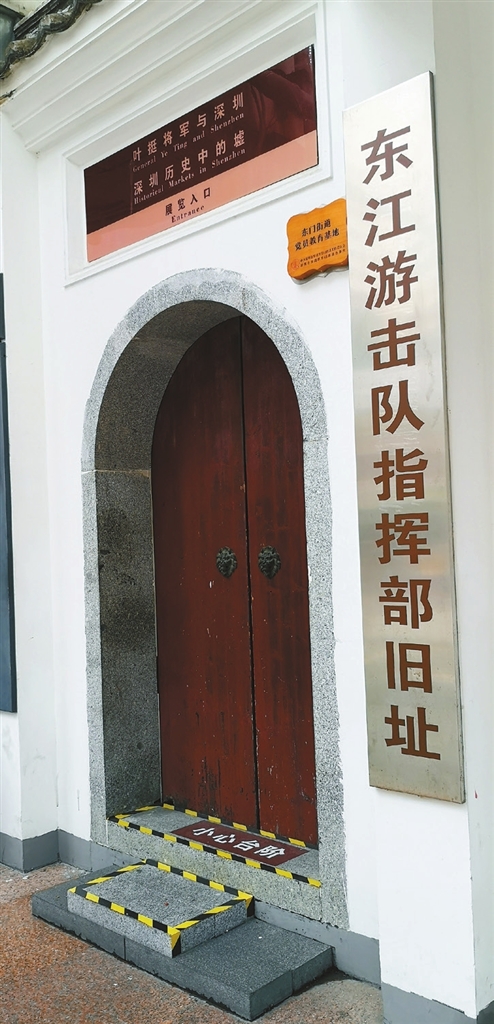
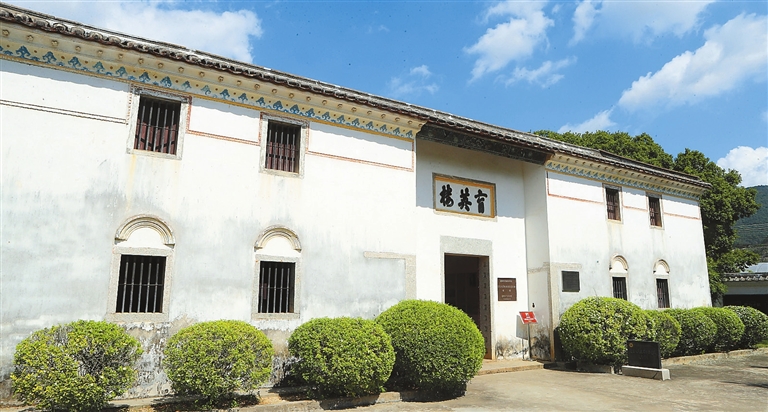
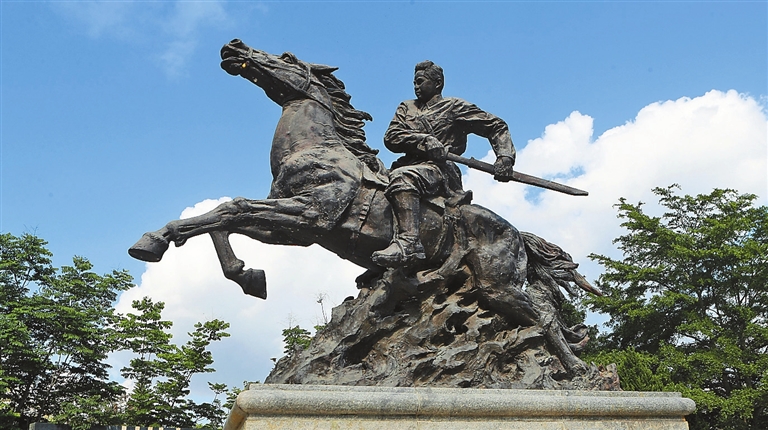
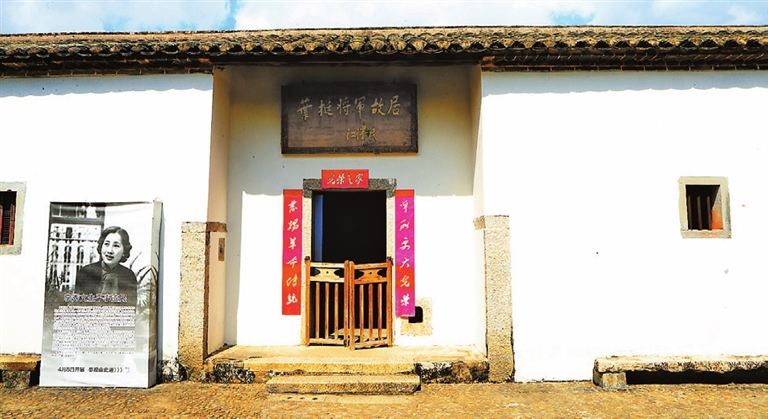
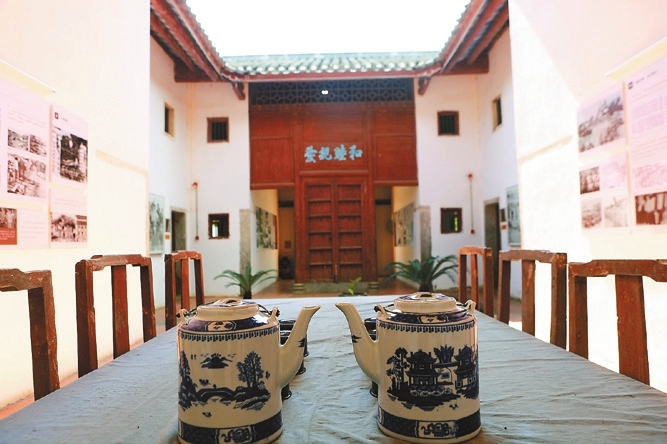
LOCATED in Dongmen, Luohu District, the old site of the command headquarters of the Dongjiang Guerrilla Force used to be the three-story Hong’an Restaurant, where General Ye Ting (1896-1946) carried out revolutionary activities in 1938. Born in a village in Shenzhen’s neighboring Huiyang County, Ye received military training from 1912 to 1918 in schools in Guangzhou (Guangdong Province), Wuchang (Hubei Province) and Baoding (Hebei Province). He joined Sun Yat-sen’s army in Guangdong in 1919 and then joined the Communist Party of China (CPC) in 1924, participating in the Northern Expedition, the Nanchang Uprising and the Guangzhou Uprising. During the Chinese People’s War of Resistance Against Japanese Aggression, Ye was the commander of the New Fourth Army. In October 1938, the Japanese invaded Guangdong. Under the direction of the CPC Guangdong Provincial Committee, Ye came to Shenzhen in late November, establishing the Eastern Route garrison headquarters at the Hong’an Restaurant in Shenzhen, and carried out revolutionary activities until the end of December. He also went to Hong Kong to encourage overseas Chinese to support the war against Japanese aggression. As a result, he had a profound impact on the integration and establishment of armed forces in Guangdong. After Ye left Shenzhen, several guerrilla troops continued to fight against the Japanese invaders in Guangdong and later became an important armed force called the Dongjiang Column of Guangdong People’s Guerrilla Force Against Japanese Aggression, In today’s Huizhou, the General Ye Ting Memorial Park comprehensively displays Ye’s life and revolutionary career. The old residence of Ye, a typical Hakka house, was built in 1884. The Huibao People’s Guerrilla Force Against Japanese Aggression was launched at the nearby Yuying Building in 1938. The Huibao guerrilla force later moved to Pingshan, Shenzhen. (Cao Zhen) | 
